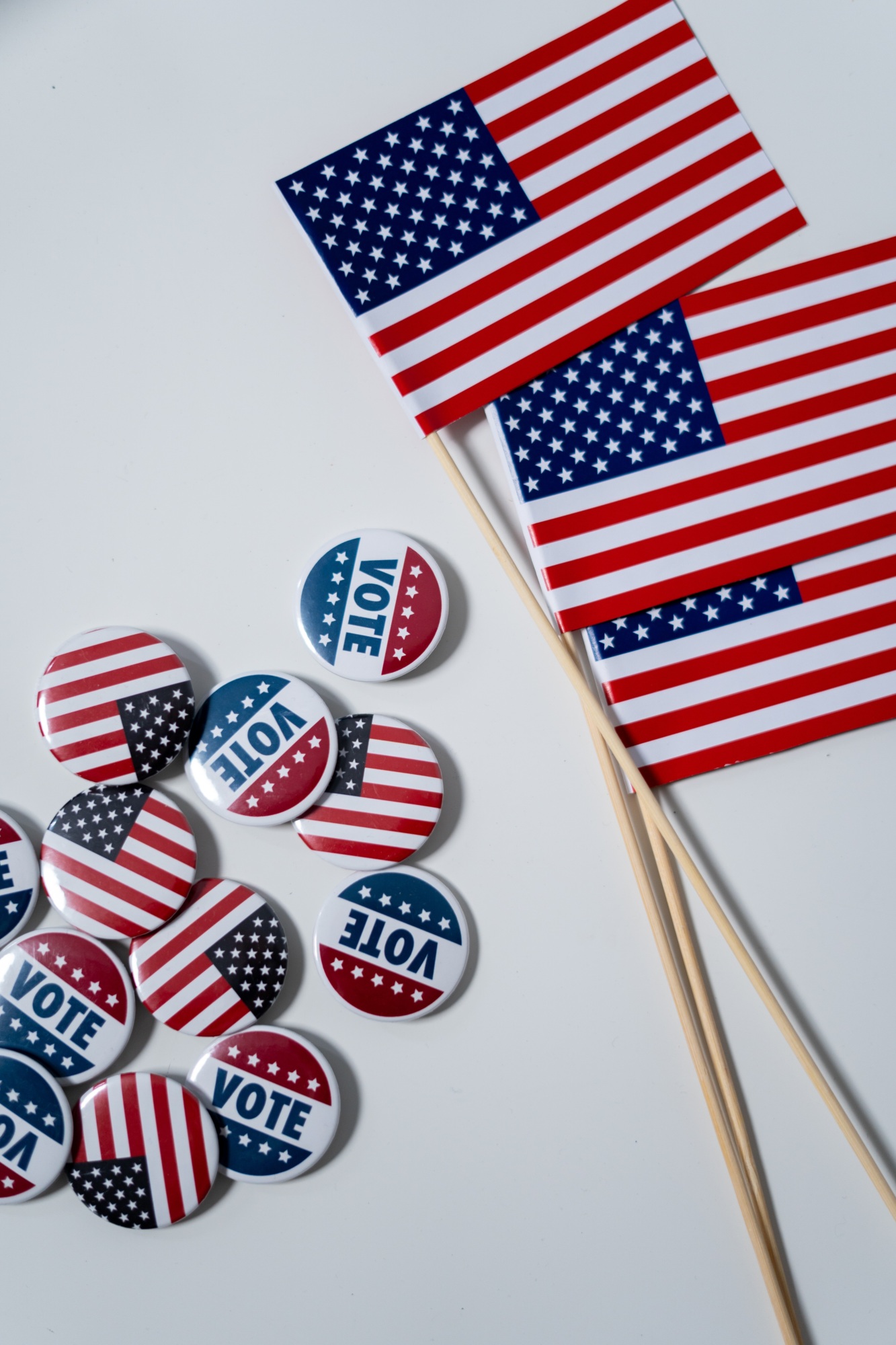Politicians use leadership PACs to stay at five-star resorts, pay for golf memberships and spend big at Disney properties
A new report released today by Issue One and Campaign Legal Center (CLC) called, “All Expenses Paid: How Leadership PACs Became Politicians’ Preferred Ticket to Luxury Living” reveals how many federal lawmakers continue to exploit loopholes and lax enforcement to tap their leadership PAC funds to pay for resorts, golf memberships and fine dining — spending that would likely be unlawful if the members used funds from their authorized campaign accounts.
Little-known beyond the beltway, leadership PACs are officeholder-controlled political committees that have frequently been described as slush funds. Nearly every member of Congress has one.
Leadership PACs were ushered into existence so that officeholders could make contributions to their colleagues. Yet the report found that only a minority of all leadership PAC spending – just 45 percent – went toward contributions to other federal candidates or other political committees.
Instead, over the past five years, a subset of members of Congress have used their leadership PACs to collectively spend at least $871,000 on golf-related dues and expenses, $614,000 in the Virgin Islands and Puerto Rico, and $469,000 at Disney properties. Leadership PAC funds have been used to spend $765,000 at West Virginia’s Greenbrier Sporting Club and $361,000 at Ritz-Carlton hotels.
The Federal Election Commission (FEC) has long prohibited politicians from spending official campaign funds on personal expenditures – and for good reason. Campaign donations present a much greater risk of corruption if they are funding the politician’s next round of golf, country club membership, clothing purchase, or trip to Disney World. But that is exactly what is happening with leadership PACs.
“The Federal Election Commission continues to punt on rulemaking while waiting for Congress to address the problem through legislation,” said Issue One Executive Director Meredith McGehee. “Congress, meanwhile, is unwilling to rein in their own worst-actors, so nothing changes.”
“Leadership PACs have veered so far from their original purpose that some officeholders think it’s acceptable to spend enormous sums of money on golf club memberships and trips to Vegas,” said Brendan Fischer, director, federal reform at CLC. “The FEC needs to apply the prohibition on the ‘personal use’ of campaign funds to leadership PAC funds. That would deter future abuses and equip the FEC to go after the worst offenders.”
The report is an analysis of nearly 200,000 FEC expenditure records covering January 2013 through the first quarter of 2018, with a sample of examples aimed at clarifying the problem that include:
- A South Dakota senator spent $403,000 at West Virginia’s Greenbrier Sporting Club;
- An Ohio congressman spent $64,000 on Broadway tickets in New York City;
- A Georgia congressman spent $34,000 for one event at the five-star Sea Island Resort;
- A Texas congressman spent $21,000 on membership dues to a Maryland country club;
- A Kentucky senator spent $4,000 for limousine service in Rome.
Following the report, CLC and Issue One will file a petition next week asking the FEC to revise and amend regulations relating to the personal use of leadership PAC funds as they apply to candidates and officeholders. The organizations are also working with members of Congress to push for a legislative solution that would cover all political committees.
Read the “All Expenses Paid: How Leadership PACs Became Politicians’ Preferred Ticket to Luxury Living” report.






